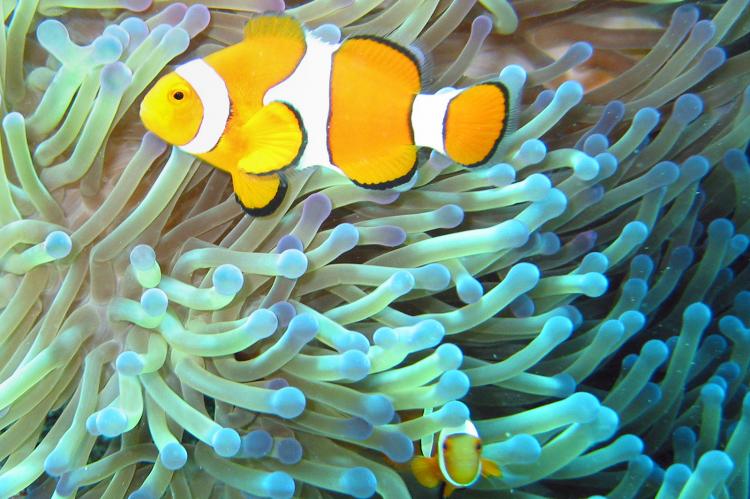Protected zones at Great Barrier Reef enhance fish biomass
Fish biomass benefits from protected areas in Great Barrier Reef Marine Park, according to a new study.
With its rich fish population, the Great Barrier Reef Marine Park in Australia comprises specific areas where fishing is allowed, as well as areas that are designated as no-take (no fishing allowed) and no-entry.
A recent study published in the PLOS ONE journal reveals that fish biomass in the protected zones (be it no-take or no-entry) were up to five times higher than in areas where fishing was allowed.
Although the region is relatively only lightly fished, the differences in the fish biomass in the fished areas and the no-take/no-entry areas were significant. This highlighted the high level of sensitivity to fishing of many fish species.
"Even in remote reef habitats, marine reserves increase the biomass of exploited fish but detecting these benefits can be challenging because the state of corals also varies across some management zones and these patterns also affect fishes," said Carolina Castro-Sanguino from the University of Queensland, Australia.
Other findings indicated greater fish biomass at the most remote northern reefs compared to the more southern zones; the authors speculate that this may be due to a higher incidence of poaching in the latter. They also discovered that fishers may often conduct their fishing activities at the reserve’s boundaries to take advantage of the higher level of biomass in the reserve.
The researchers focused on the biomass of commonly-fished species at 31 northern, central and southern reefs in the north of Cooktown, as well as the seabed habitat at these sites.


